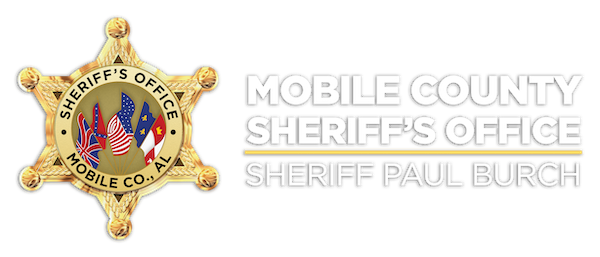When we talk about violence, we can’t ignore weapons. Nine out of ten murders involve a weapon - eight of ten involve a firearm. Most robberies involve the use of a weapon, most frequently a handgun.
One in seven teens has reported carrying a weapon - like a bat, club, gun, or knife - at some time to protect himself. Weapons can make violence more deadly and less personal. A gun in the home increases the likelihood of homicide three times and the likelihood of suicide five times.
Reduce the risk
Think long and hard about having weapons, especially firearms, in your home. Studies show that a firearm in the home is more than forty times as likely to hurt or kill a family member as to stop a crime.
Look at other ways to protect yourself and your home. Invest in top-grade locks, jamming devices for doors and windows, a dog, or an alarm system. Start or join a Neighborhood Watch. Check with the police, the YMCA/YWCA, or the recreation department about a self-defense class.
If you do choose to own firearms - handguns, rifles, or shotguns - make sure they are safely stored. That means unloaded, trigger-locked, and in a locked gun case or pistol box, with ammunition separately locked. Store keys out of reach of children, away from weapons and ammunition. Check frequently to make sure this storage remains secure.
Obtain training from a certified instructor in firearms safety for everyone in the home. Make sure it’s kept current.
Teach your children what to do if they find a firearm or something that might be a weapon - Stop, Don’t Touch, Get Away, and Tell a Trusted Adult.
Stop violence
Show children how to settle arguments or solve problems without using words or actions that hurt others. Set the example by the way you handle everyday conflicts in the family, at work, and in the neighborhood. Don’t forget that common courtesies like “please,” “thank you,” and “excuse me” help ease tensions that can lead to violence.
Discourage name-calling and teasing. These can easily get out of hand, moving all too quickly from “just words” to fists, knives, and even firearms. Teach children that bullying is wrong and take their fears about bullies seriously.
Take a hard look at what you, your family, and your friends watch and listen to for entertainment - from action movies and cop shows to video games and music lyrics. How do the characters solve problems? Do they make firearms and other violence appear exciting, funny, or glamorous? Are the real-life consequences of violence for victims and families clear? Talk about what each of you liked and didn’t like.
Stick with friends and family who steer clear of violence and drugs. And encourage your children to do the same. Research shows use of alcohol and other drugs is closely linked with violence, including the use of guns and other weapons.
Take action in your community
Be sure you know where and how to report potentially violent situations or concerns about conditions in the neighborhood that could lead to violence. Ask your police department for help in identifying what to report, when, to whom, and how.
Consider organizing an event that lets people turn in weapons, or even objects that might be mistaken for real weapons, in exchange for books, coupons from local merchants, toys, or simply the satisfaction of making the community safer.
Support schools and youth clubs in their efforts to keep guns, knives, and other weapons from menacing the everyday lives of children and teens. Encourage children to report any weapons they know about in or near school to staff or the police.
Look around to see what happens to young people after school hours. Are there supervised programs for younger children? Opportunities for teens and preteens to work with children, get or give help with homework, tackle neighborhood problems, or learn art, music, sports, or computer skills? In many areas, after-school programs are located in schools themselves and called Safe Havens or Beacon Schools.
Start a discussion of neighborhood views on weapons in the home, children playing with toy weapons, children and violent entertainment, and how arguments should be settled.
A PTA meeting, an informal social gathering, or a Neighborhood Watch meeting could provide the opportunity.
Learn your state and local laws on firearms. Insist that these laws be enforced vigorously but fairly. Support police, prosecutors, judges, and other local officials who enforce laws designed to prevent gun violence.
For More Information:
Center to Prevent Handgun Violence
1225 Eye Street, NW, Room 1100
Washington, DC 20005
202-289-7319
